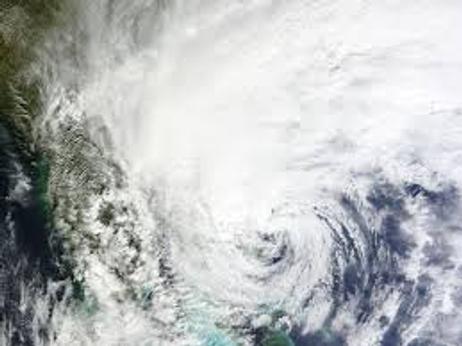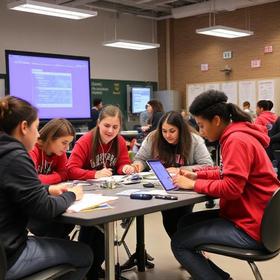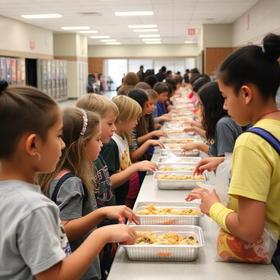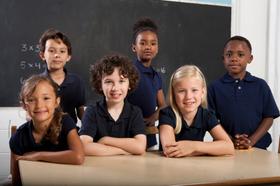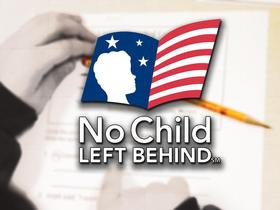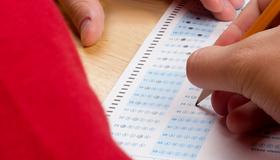As discussion continues over how to fix Chicago’s troubled school system, one topic remains conspicuously absent from the equation – the truancy trend in Chicago’s youth. A recent investigative report by the Chicago Tribune found that during the previous school year, 32,000 students in the Chicago school system missed four weeks of class or more. Those statistics have many educators concerned since truancy affects students and schools on many different levels.
This video reports on truancy in the Chicago Schools.
The Impact of School Truancy
According to the Advantage Press, truancy can impact students and communities in a variety of ways. Statistics from the newsletter show:
- A recent sampling of Miami court records showed that nearly three-quarters of prosecuted teens had been truants.
- Two-thirds of teens arrested for truancy have also tested positive for drug usage.
- A large portion of violent crimes in San Diego (44%) occurs during school hours.
- Nearly 10 percent of 15-year-olds are truant at least once a week in this country.
- Minneapolis was able to cut daytime crime by more than two-thirds when police began going after truant students.
There is little doubt that truancy impact both students and communities in many negative ways. However, keeping kids in school can be easier said than done – particularly in areas of extreme poverty where parents are more interested in keeping food on the table than keeping kids in school. In





